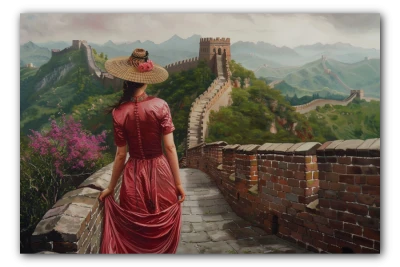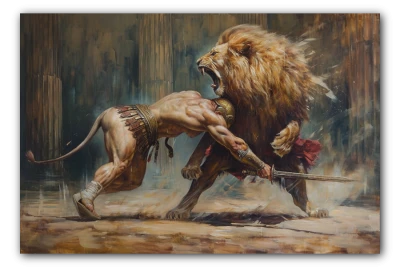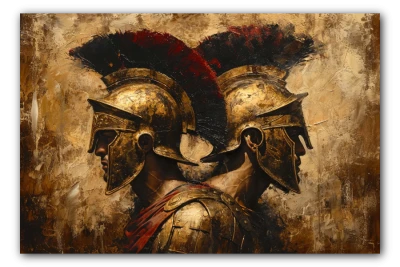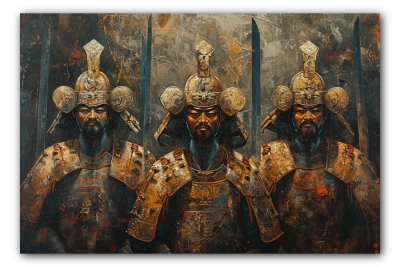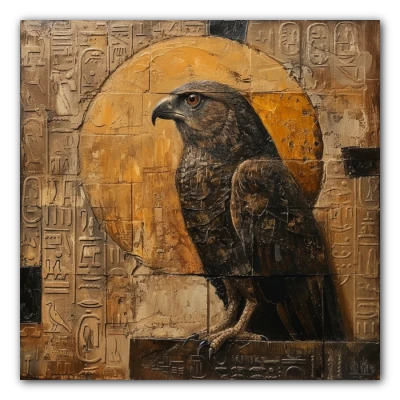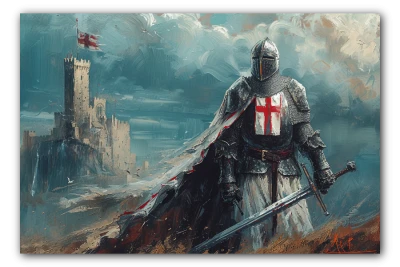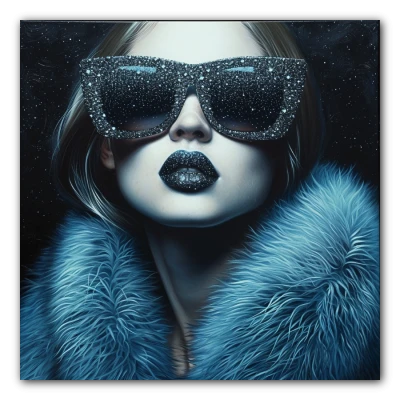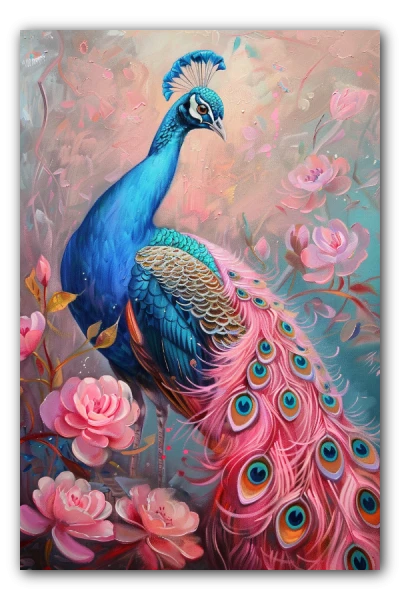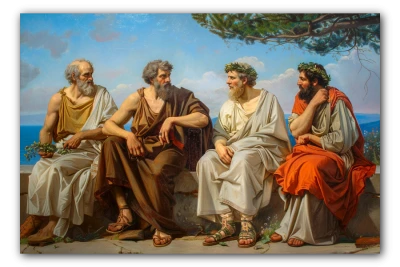Realism
Realism in Art: Capturing the Essence of Life
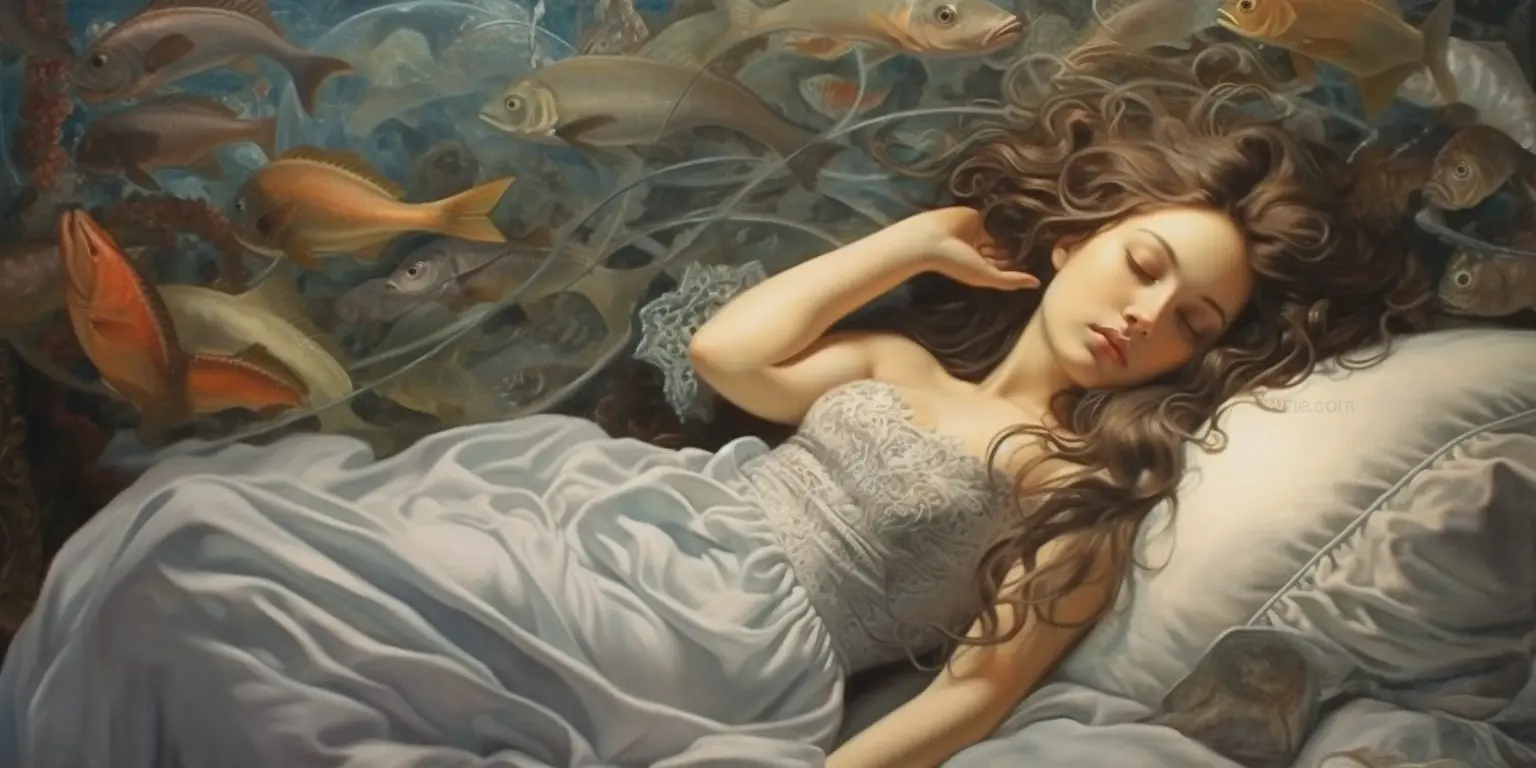

The Pop Art Movement: History, Techniques, Notable Artists, and Most Famous Works
Pop Art was a revolutionary art movement that began in the 1950s in the United Kingdom and the 1960s in the United States. The term "Pop" comes from the abbreviation of "popular," and this movement is characterized by the use of visual elements derived from popular culture and mass art.
History of Pop Art
The Pop Art movement emerged as an artistic reaction against the conventions and norms dominating the art world during the post-war era. Artists of this movement sought to redefine what was considered "art" in contemporary culture, using images and concepts taken directly from mass media and consumer culture.
Techniques of Pop Art
Among the main techniques used in Pop Art are collage, screen printing, and acrylic painting, which allowed for mass production of the works. Pop Art artists often used everyday images and objects, such as soup cans, comics, and other consumer items, to make an ironic critique of consumer society.
Notable Artists
Among the most prominent artists of this movement are Andy Warhol, Roy Lichtenstein, Jasper Johns, and Robert Rauschenberg, among others.
- Andy Warhol: Known as "the Pope of Pop Art," Warhol is famous for his mass production style, his iconic Campbell's Soup Cans, and portraits of celebrities like Marilyn Monroe.
- Roy Lichtenstein: Famous for his artworks that mimic the style of comic books with a dot grid appearance.
- Jasper Johns: Known for his series of flags, numbers, and maps.
- Robert Rauschenberg: This artist is known for his "combines," in which he combines painting and everyday objects in his works.
Most Famous Works
Some of the most representative works of the Pop Art movement include:
- "Campbell's Soup Cans" by Andy Warhol
- "Whaam!" by Roy Lichtenstein
- "Flag" by Jasper Johns
- "Monogram" by Robert Rauschenberg
In summary, Pop Art was an influential art movement that sought to question the boundaries between "art" and everyday life by using images and objects from mass culture and popular culture.
